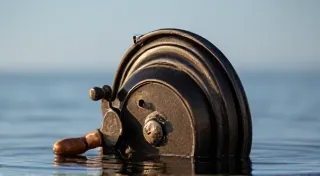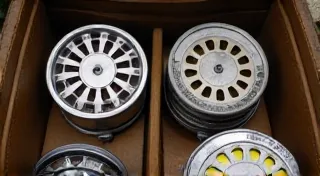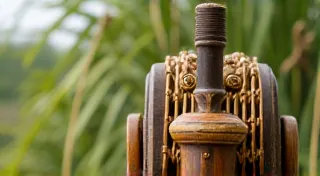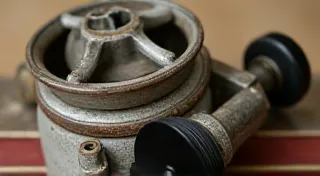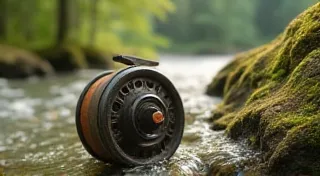Identifying and Valuing Fly Reels vs. Spin Reels
For those embarking on the fascinating journey of reel collecting, understanding the fundamental differences between fly reels and spin reels is paramount. These are not merely variations on a theme; they represent distinct technologies, historical contexts, and ultimately, drastically different approaches to angling. This article will delve into the unique characteristics of each reel type, outlining key identification points and explaining how these differences significantly impact their value in the vintage fishing reels market.
Understanding the Technology: Fly Reels vs. Spin Reels
The core difference lies in the fishing technique they serve. Fly reels are designed for fly fishing, a method that uses artificial flies to imitate insects and other aquatic creatures. Fly reels are typically larger and heavier than spin reels, with a shallower spool depth. This is because they need to hold a substantial amount of line, often a long “fly line” which is heavier than traditional fishing line, and is crucial for casting a fly. The drag system on a fly reel is also very important for landing larger fish that are common in fly fishing environments. The line weight capacity is a key identifier for fly reels, often stamped on the reel body.
Spin reels, on the other hand, are the workhorses of general fishing. They're designed for casting lures or bait using a spinning motion of the spool. They are generally smaller and lighter, designed for easy handling and long casts with lighter lines. The retrieval ratio (how much line is retrieved per crank of the handle) is often a critical factor in determining a spin reel’s usability and, consequently, its value. Spin reels require a reliable drag system to manage the fight with a fish.
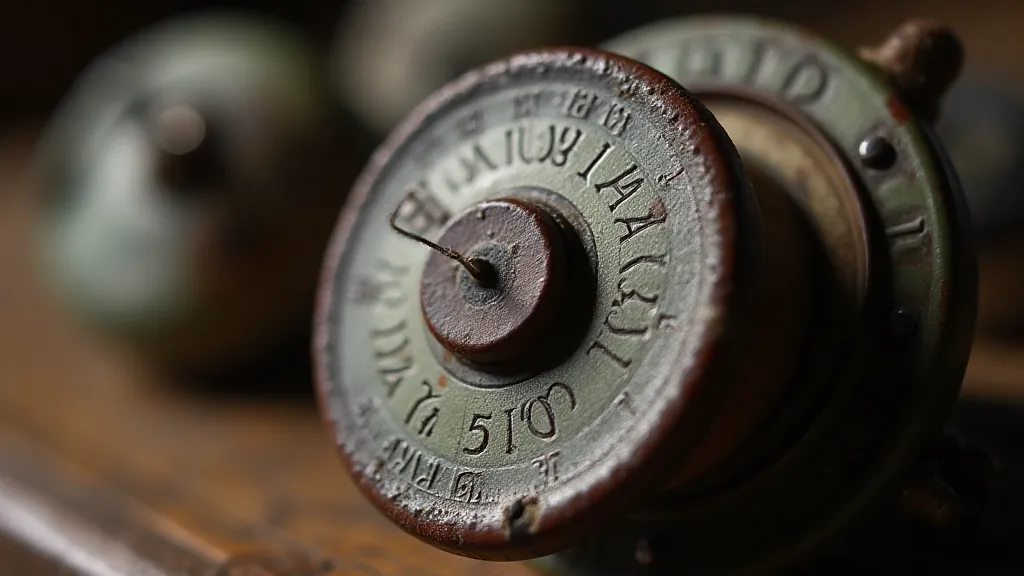
Identifying Key Features: Fly Reels
Identifying vintage fly reels requires a keen eye for detail. Here’s a breakdown of crucial aspects:
- Manufacturer and Model: Look for markings on the reel body, spool, and handle. Hardy, Pflueger, Orvis, and Leeds are highly sought-after brands. Model names are often stamped, but can also be identified by unique features.
- Material: Early fly reels were primarily made of bronze, brass, or aluminum. Later models saw the introduction of alloys like Everlast. The material impacts both the reel’s condition (bronze often suffers from greening) and its value.
- Size and Line Weight: Fly reels are sized according to the line weight they are designed to hold (e.g., 3/4 weight, 5 weight). This information is usually stamped on the reel.
- Drag System: Early fly reels lacked sophisticated drag systems. Later models incorporated various types of drag, including disc drag and click-and-pawl systems. The type of drag system is a significant factor in determining value.
- Check System: A check system (or anti-backlash mechanism) prevents the reel from overrunning during the cast. This is a crucial feature, especially for newer reels, but less common on the earliest models.
- Construction Type: Identify if the reel is a “Wide Spool,” “Perfect” (Hardy’s most desirable model), or another variation. Different construction methods impact rarity and desirability.
Identifying Key Features: Spin Reels
Spin reel identification follows a slightly different path, with a focus on mechanics and features:
- Manufacturer and Model: Similar to fly reels, look for manufacturer markings and model names. Shimano, Penn, Shakespeare, and Pflueger are common brands.
- Size: Spin reels are sized numerically (e.g., 2500, 2000, 1000). Smaller numbers indicate smaller reels with lighter line capacity.
- Gear Ratio: This indicates how much line is retrieved per crank of the handle. Higher gear ratios are generally preferred for faster retrieves.
- Drag System: Spin reels have evolved significantly in terms of drag technology. Early reels had simple, often inadequate, drag systems. Later models feature advanced drag systems that provide smooth, consistent drag pressure.
- Bail Type: The bail is the rotating arm that holds the line while casting. Different bail designs (e.g., single bail, double bail) can influence a reel’s performance and value.
- Line Capacity: How much line the reel can hold is an important factor for anglers.
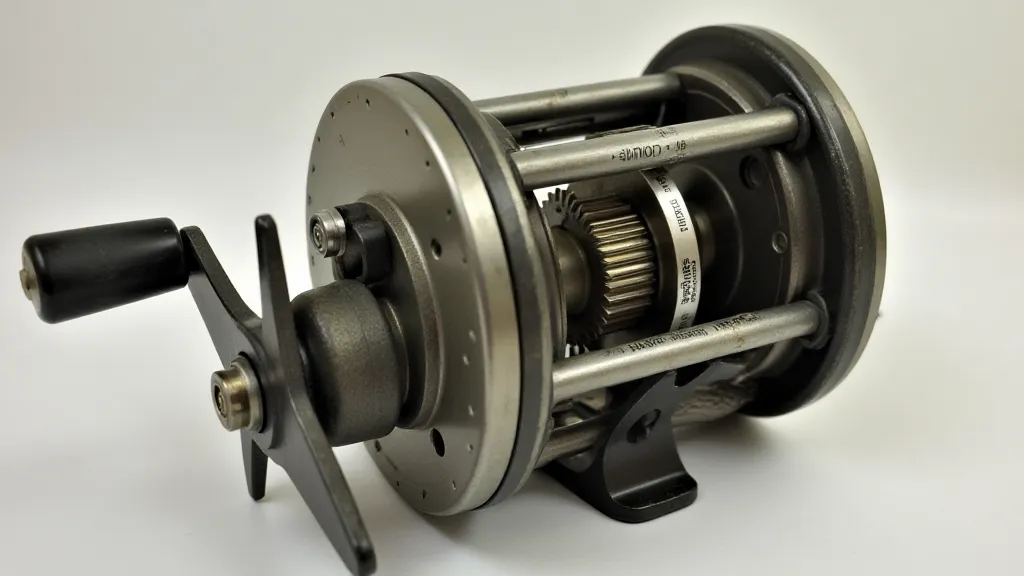
Valuation: Factors Affecting Price
Valuing vintage fishing reels involves a complex interplay of factors. Here’s a breakdown:
- Rarity: Rare models, particularly those with unique features or limited production runs, command higher prices.
- Condition: Condition is paramount. Reels in excellent, original condition (with minimal wear and tear) are worth significantly more than those in poor condition. Original finish and parts are highly desirable.
- Originality: Reels that retain all original parts and components are more valuable than those that have been modified or repaired with non-original parts.
- Demand: Certain brands and models are more desirable to collectors than others, driving up prices. Hardy reels, for instance, are consistently highly sought after.
- Historical Significance: Reels associated with significant fishing events or personalities can be particularly valuable.
- Functionality: While a reel might be visually appealing, it needs to function properly. A reel that is seized, corroded, or missing key parts will be worth less.
Specific Brand Considerations
Several brands consistently appear in the vintage fishing reel market:
- Hardy: English-made Hardy reels are highly prized, especially the "Perfect" model.
- Pflueger: American-made Pflueger reels, particularly the “Ivan Lure” and “Driftmaster” models, are popular choices.
- Orvis: Orvis reels, known for their quality and craftsmanship, hold significant value.
- Leeds: Leeds reels, known for their unique designs, are also sought after by collectors.
- Shakespeare: Shakespeare reels, though often more common, can still be valuable depending on the model and condition.
- Shimano: Shimano spin reels, particularly early models, are becoming increasingly collectible.
- Penn: Penn reels, known for their durability and performance, are also popular with collectors.
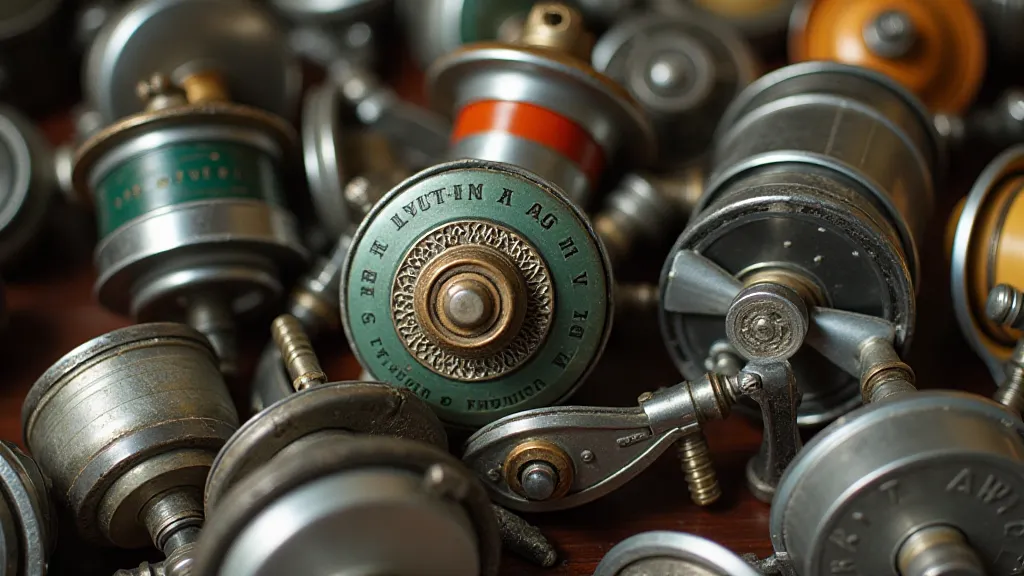
Conclusion
Identifying and valuing vintage fishing reels requires a combination of research, attention to detail, and a good understanding of the history and technology behind these fascinating artifacts. Whether you've inherited a box of reels or are just starting your collecting journey, appreciating the nuances of fly reels versus spin reels is the first step towards uncovering their stories and recognizing their worth. Further research into specific manufacturers and models will deepen your expertise and allow you to build a valuable and rewarding collection.

